[...] Fractals are typically self-similar patterns, where self-similar means they are "the same from near as from far". [...] The definition of fractal goes beyond self-similarity per se to exclude trivial self-similarity and include the idea of a detailed pattern repeating itself.
Source: Fractal, Wikipedia
Examples
The Rensselaer Polytechnic Institute made an applet which allows you to create fractals by yourself. So I've tried this one as a starter:



You might know this one:




Fractals in Nature
Fractals seem to appear quite often in nature. I have just re-created one that I have seen recently:
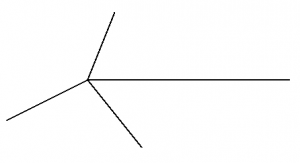
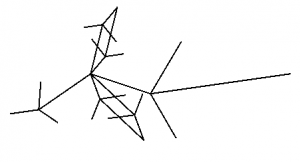
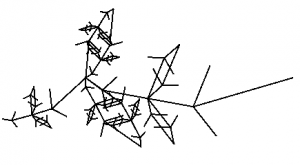
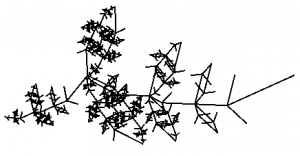
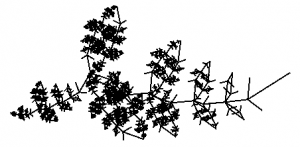
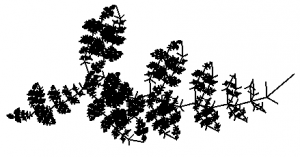
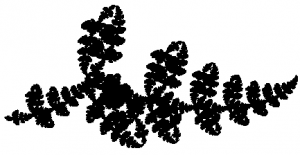
Mandelbrot set
The Mandelbrot set is maybe the best known fractal, although it is not a fractal in my opinion. It does never repeat itself.
See also
- Fractal
- Mandelbrot set
- Visualization of a fractal
- TED Talk: Ron Eglash on African fractals